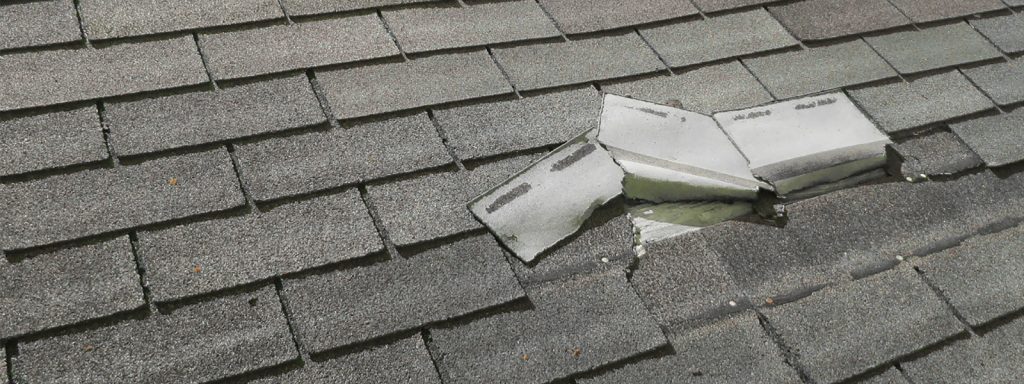Top 10 Mistakes to Avoid in Hail Damage Siding Insurance Claims
When a severe hailstorm hits, the damage to your home can be devastating—especially to your siding. While insurance is meant to help cover the costs of repairs or replacements, many homeowners face unnecessary delays or denials because of simple mistakes during the claims process. Filing hail damage siding insurance claims may seem straightforward, but one wrong step can cost you thousands of dollars in missed coverage.
In this article, we’ll cover the top mistakes homeowners make when handling these claims and how to avoid them so you can maximize your payout and restore your home quickly.
Mistake 1: Waiting Too Long to File a Claim
One of the most common mistakes in hail damage siding insurance claims is delaying the process. Most insurance policies require claims to be filed within a specific time frame—often within 6 months to 2 years, depending on your state and provider.
The longer you wait:
- Evidence of hail damage becomes harder to prove.
- Siding issues may worsen, allowing insurers to blame “neglect” instead of storm damage.
- Your chance of denial increases.
How to avoid it: Report damage as soon as you notice it. Even if you’re unsure of the severity, start the claim early to create a paper trail.
Mistake 2: Failing to Document the Damage Properly
Insurance companies rely on proof. If you don’t provide enough documentation, your claim could be delayed or underpaid. Many homeowners take a few quick photos but miss key angles or signs of damage.
How to avoid it:
- Take clear photos of siding dents, cracks, and holes from multiple angles.
- Document storm debris around your property.
- Keep before-and-after photos if possible.
- Save receipts for any emergency repairs.
The more evidence you provide, the stronger your case becomes.
Mistake 3: Accepting the First Settlement Offer
Another big mistake is quickly accepting the first offer from your insurer without review. Insurance adjusters often provide conservative estimates, leaving out hidden damage or underestimating repair costs.
How to avoid it:
- Compare the insurer’s estimate with contractor quotes.
- Don’t be afraid to dispute an unfair offer.
- Hire a public adjuster if necessary to negotiate on your behalf.
Remember: The first offer is rarely the best offer.
Mistake 4: Overlooking Hidden or Secondary Damage
Hail damage isn’t always visible from the ground. Many homeowners assume their siding looks “fine” when, in reality, small cracks, punctures, or moisture damage may exist. Ignoring these issues can lead to expensive problems later.
How to avoid it:
- Get a professional siding inspection after a storm.
- Have contractors check for hidden water infiltration or insulation damage.
- Ensure your claim includes all related repairs, not just cosmetic ones.
Mistake 5: Not Reviewing Your Policy Exclusions
Not all siding damage is covered. Some policies exclude “cosmetic damage” or limit coverage for certain siding materials. Filing a claim without understanding your coverage may lead to denial or frustration.
How to avoid it:
- Review your policy carefully before filing.
- Ask your insurance agent to clarify exclusions.
- Consider endorsements for broader coverage if you live in a hail-prone area.
Mistake 6: Neglecting Temporary Repairs
If you don’t take reasonable steps to prevent further damage, your insurer may reduce or deny your claim. For example, if cracked siding leads to water infiltration that damages your interior walls, the insurer could argue it was preventable.
How to avoid it:
- Cover damaged siding with plastic sheeting or plywood.
- Seal cracks temporarily to block moisture.
- Keep receipts for materials and labor—you may be reimbursed.
Mistake 7: Poor Communication with Your Insurance Company
Many claims stall because homeowners fail to stay in contact with their insurer. Missed calls, ignored requests for documents, or vague responses can delay settlements.
How to avoid it:
- Respond to emails and calls promptly.
- Keep a record of all correspondence.
- Submit requested documents quickly and completely.
Being proactive shows good faith and helps speed up processing.
Mistake 8: Hiring the Wrong Contractor
Choosing an inexperienced or unlicensed contractor can cost you time and money. Some contractors may even pressure you to exaggerate damage, which can hurt your credibility with the insurance company.
How to avoid it:
- Verify contractor licenses and insurance.
- Ask for references from previous storm damage projects.
- Work with contractors who understand insurance supplement requests.
Mistake 9: Exaggerating or Misrepresenting Damage
Some homeowners think exaggerating the extent of hail damage will lead to bigger payouts. Unfortunately, this often backfires. If the insurer suspects fraud, they may deny your entire claim.
How to avoid it:
- Always be truthful about the extent of damage.
- Provide factual, documented evidence.
- Let contractors and public adjusters provide professional assessments.
Honesty ensures your claim isn’t flagged for fraud.
Mistake 10: Not Considering Professional Help
Finally, many homeowners try to handle the entire process alone. While some claims go smoothly, others require expert guidance to maximize compensation.
How to avoid it:
- Consider hiring a public adjuster to negotiate with your insurer.
- Consult a property damage attorney if your claim is denied.
- Work with contractors experienced in storm restoration projects.
Professional help can make the difference between a denied claim and a full settlement.
How to Strengthen Your Hail Damage Claim
If you want to avoid mistakes and maximize your settlement, follow these best practices:
- File Quickly – Don’t wait until deadlines approach.
- Document Everything – Photos, videos, receipts, and reports are critical.
- Review Your Policy – Know exactly what is covered and excluded.
- Get Professional Inspections – Don’t rely solely on the insurer’s adjuster.
- Keep Communication Clear – Respond promptly to insurer requests.
Following these steps increases the likelihood of a smooth hail damage claim process and ensures you don’t leave money on the table.
Final Thoughts
Filing hail damage siding insurance claims is not just about reporting the storm—it’s about doing it the right way. The most common mistakes include waiting too long, failing to document thoroughly, accepting low offers, and overlooking hidden damage.
By staying proactive, understanding your policy, and working with trusted professionals, you can avoid these pitfalls and secure a fair settlement.
Hailstorms are unpredictable, but your response doesn’t have to be. With the right preparation and careful attention to detail, you can protect your home, maximize your coverage, and move forward with confidence after a storm.



